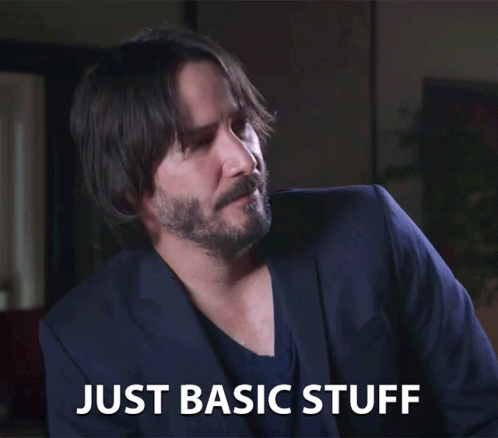- Breaking The Mold by Deric Yee
- Posts
- The Best Framework for Team Meetings
The Best Framework for Team Meetings
Introduction: Why Do We Need a Better Meeting Framework?
Ever found yourself sitting in a meeting, wondering why you're there? No clear decisions, no real progress—just more things to discuss next time. If you have, you’re not alone. I’ve been in those meetings too, and it often feels like a waste of time.
Then, I discovered the Level 10 meeting framework from the Entrepreneurial Operating System (EOS). While it’s not a magic bullet for every business issue, it’s the best solution I’ve found for making meetings more efficient and purposeful. Here’s how this framework can transform your team’s meetings from time-wasters into productivity powerhouses.

What’s Wrong With Most Meetings?
Most meetings fail because they lack:
Structure: Everyone's talking, but the conversation lacks direction.
Clarity: There’s no clear outcome or next steps.
Accountability: Tasks and responsibilities remain undefined or vague.
The Level 10 meeting is specifically designed to fix these problems.

The Basics of a Level 10 Meeting
Level 10 meetings are about structure, focus, and accountability. These are 90-minute weekly meetings with the same agenda every time, rated by the team at the end on a scale of 1 to 10. The goal is to consistently hit a "Level 10" meeting where everyone feels it was worth their time.
Here’s what a Level 10 meeting looks like:
Start with Good News (5 minutes)
Begin by sharing positive updates. It sets a positive tone and builds team dynamics. The good news doesn’t have to be business-related; it can be personal, like, “I finally booked that vacation!” Starting with good news helps people feel connected and energized.Scorecard Review (5 minutes)
This is about pure accountability. Look at your key metrics—no stories, no excuses, just numbers. If something’s off, move on. You’ll discuss why later.Review Your Rocks (5 minutes)
“Rocks” are your top priorities for the quarter. This is a quick update: are you on track, off track, or done? This focus keeps everyone aligned on the biggest goals, not minor tasks.Customer & Employee Headlines (5 minutes)
Keep a pulse on what’s happening with customers and employees. This isn’t just about wins—issues should also come up. Addressing them weekly stops small problems from escalating.To-Do List (5 minutes)
Review the previous week’s to-dos and ensure they’re complete. If not, discuss why briefly. Weekly to-dos might sound like micromanagement, but they build momentum as the team tackles small tasks consistently.IDS (Issues — 60 minutes)
This is where most of the time goes. IDS stands for Identify, Discuss, and Solve. Focus on solving problems, not just talking about them. It’s about action, not endless discussion.

Why This Framework Works
The strength of Level 10 lies in its structure. Here’s why it’s different:
Repetitive Agenda: Using the same agenda weekly creates clarity. The team knows what to expect and comes prepared.
Focus on Action: The framework forces decisions. It’s better to make a good decision today than a perfect one weeks later.
Builds Momentum: Weekly accountability drives progress. Smaller wins compound over time, leading to significant accomplishments.

Making It Work for Your Team
You might think, “This sounds rigid. Do I need to follow it exactly?” Not at all. Adapt it to fit your team’s style while keeping the core structure:
Timing Adjustments: If 90 minutes is too long, shorten it to 60 by reducing time on certain segments.
Customize for Your Needs: Some teams need more time to solve issues, while others don’t. Adapt the agenda to suit your workflow, but keep the focus on structure and accountability.

Real-World Success: A Meeting Turnaround
I once consulted for a startup with chaotic weekly meetings—no agenda, constant off-track discussions, and unclear outcomes. After implementing the Level 10 framework, they saw dramatic improvements. Meetings dropped from over two hours to 90 minutes, and they began solving issues in real-time instead of punting them to the next week. Within months, the team was hitting their quarterly goals faster and more efficiently.
Conclusion: Meetings With a Purpose
Meetings aren’t inherently bad—bad meetings are bad. The Level 10 framework provides purpose, clarity, and direction. Your team will know why they’re in the meeting, what needs to be done, and what’s expected after they leave the room.
If you’re frustrated with unproductive meetings, give the Level 10 framework a shot. You’ll be amazed at how quickly it can shift your team’s energy and align them on what truly matters.
Reply